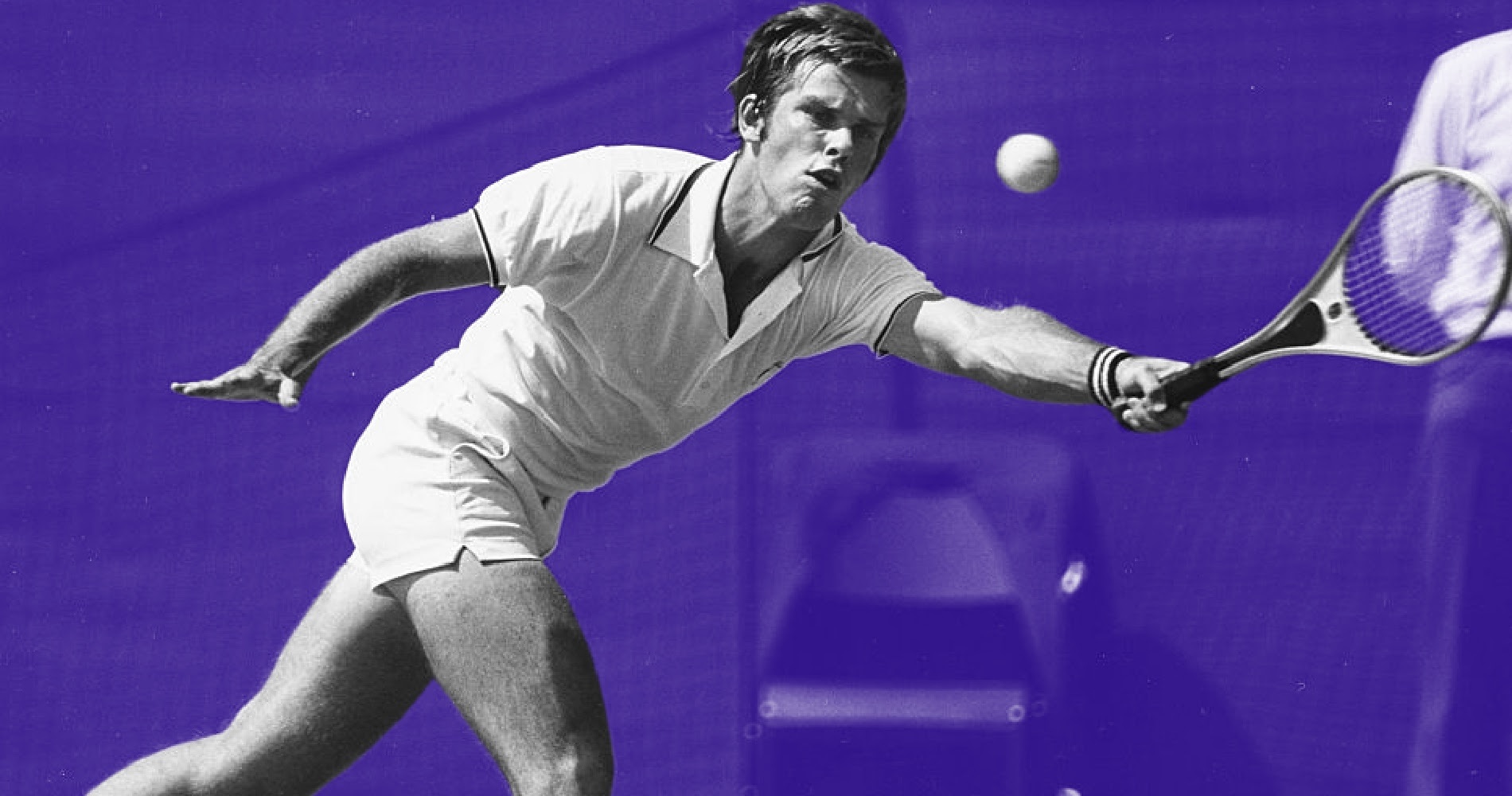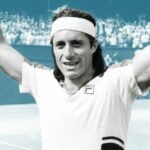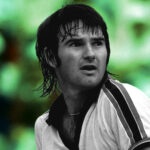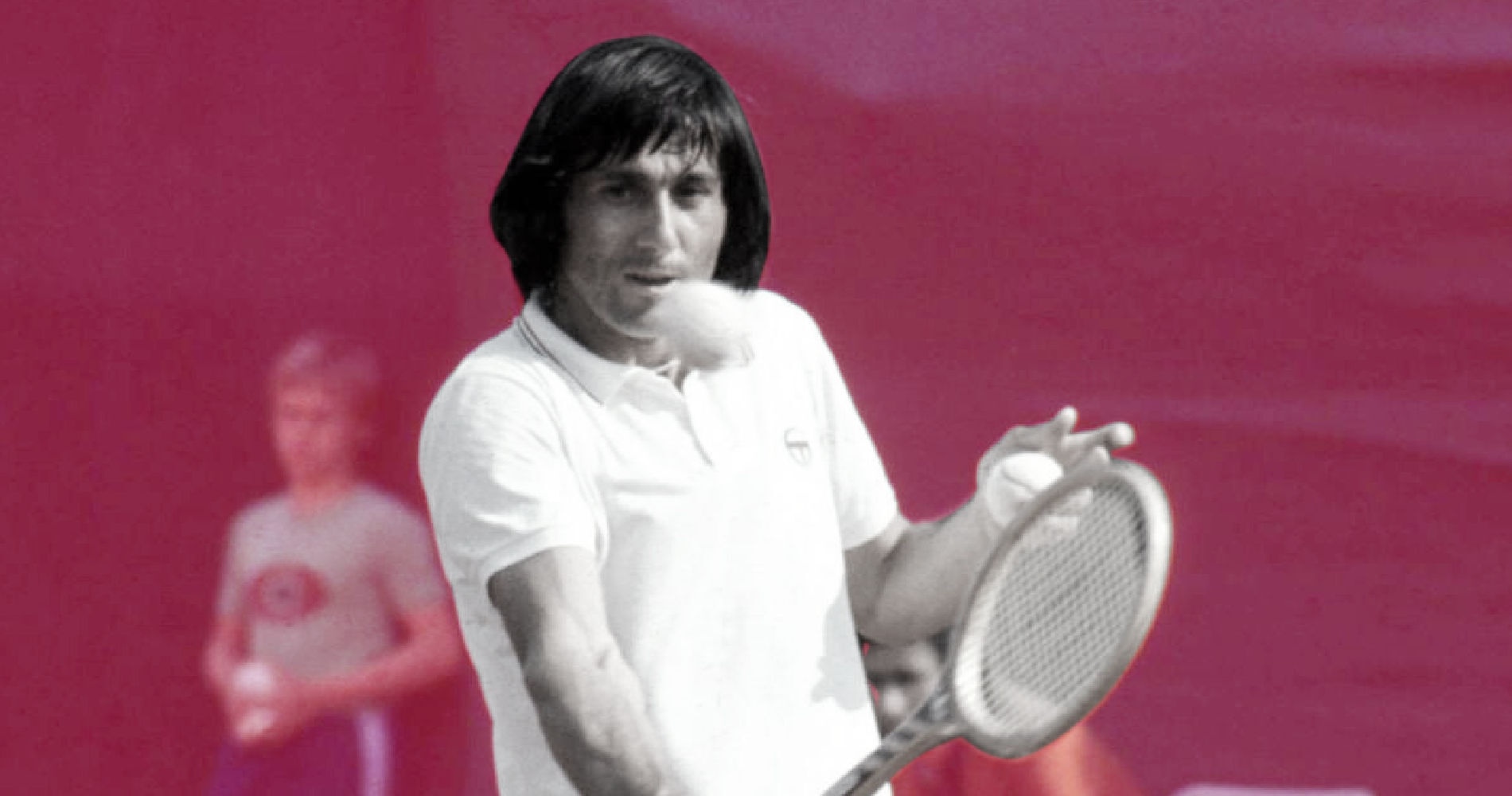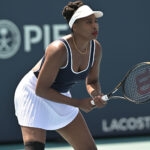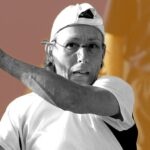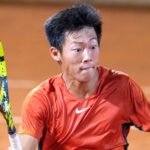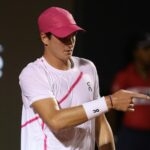January 9, 1977: The day Roscoe Tanner won his only Grand Slam title
On this day in tennis history, two top players fought it out for their maiden Grand Slam triumph – here is what happened at the first Australian Open final of 1977
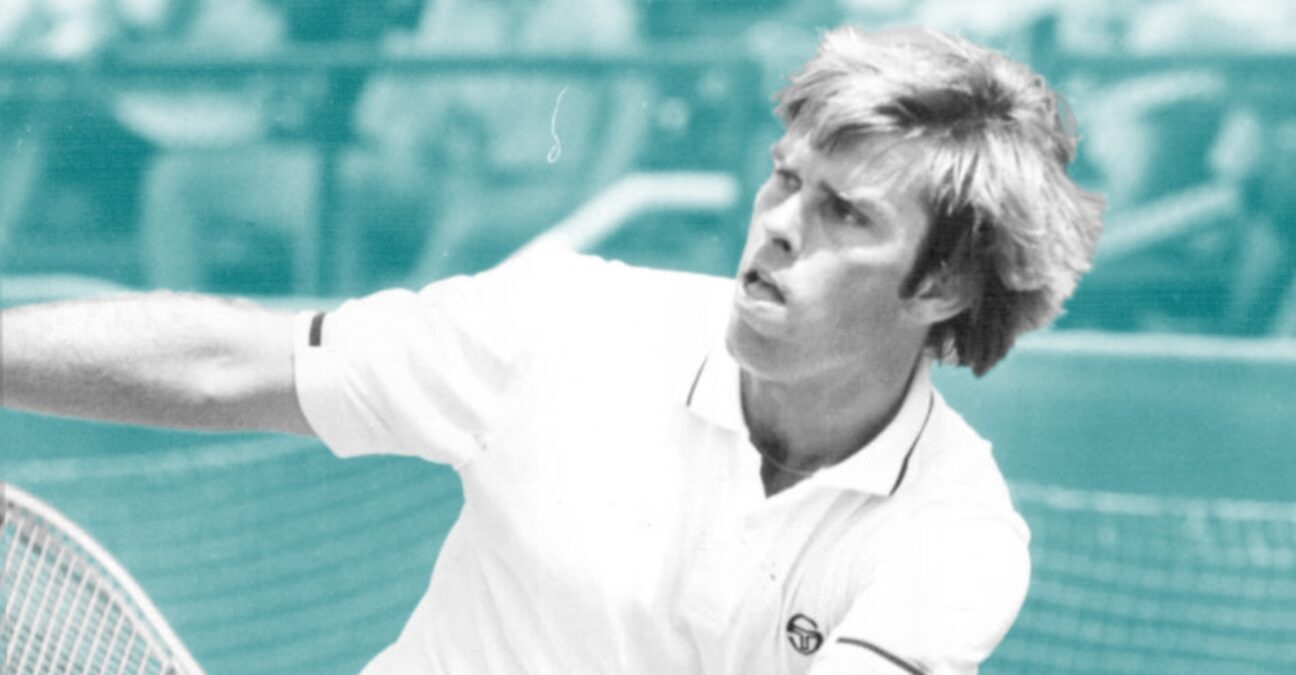 Roscoe Tanner OTD 01_09
Roscoe Tanner OTD 01_09
What exactly happened on this day?
On this day, January 9, 1977, Roscoe Tanner, one of the greatest servers of all time, claimed his first and only Grand Slam title at the Australian Open, defeating Guillermo Vilas in a battle of left-handers (6-3, 6-3, 6-3). The American would reach one more major final, also on grass, where he was defeated by Bjorn Borg at Wimbledon in 1979 (6-7, 6-1, 3-6, 6-3, 6-4).
The players involved: Roscoe Tanner and Guillermo Vilas
- ‘Rocket’ Roscoe Tanner: The American with a deadly lefty serve
Roscoe Tanner, the first player in tennis history to become famous because of his deadly serve, which earned him the nickname “The Rocket”, was born in 1951. The left-hander turned pro in 1972, and he soon reached his first final in Los Angeles, defeated by Stan Smith (6-4, 6-4).
In 1974, after he finished runner-up to Rod Laver in Palm Desert (6-4, 6-2), he claimed his first title, defeating Arthur Ashe in the Denver Open final (6-2, 6-4). The same year, he obtained his breakthrough Grand Slam result, reaching the US Open semi-finals (lost to world No 1 Jimmy Connors, 7-6, 7-6, 6-4).
Connors also defeated Tanner in the Wimbledon semi-final in 1975 (6-4, 6-1, 6-4), and in 1976, at the All England Club, it was Borg who prevented him from getting into the final (6-4, 9-8, 6-4). Entering the 1977 Australian Open, Roscoe Tanner was ranked No 10 in the world.
- Guillermo Vilas: The left-handed Argentine with massive topspin off both wings
Guillermo Vilas, from Argentina, was born in 1962. He made himself famous in 1974, claiming seven titles, including the year-end Masters, where he defeated Ilie Nastase in the final (7-6, 6-2, 3-6, 3-6, 6-4). It was the only title he claimed that year on a surface other than clay, where his game was the most effective. Left-handed, Vilas was one the first players to use massive topspin off both wings.
In 1975, he reached the Roland-Garros final, losing to Borg, the only player who could challenge him in long baseline rallies (6-2, 6-3, 6-4). In 1975 and 1976, the Argentine reached the final four at the US Open, which was played on clay at the time, defeated by Manuel Orantes the first time (4-6, 1-6, 6-2, 7-5, 6-4), and by Jimmy Connors the second time (6-4, 6-2, 6-1). At the start of 1977, he was ranked No 6 in the world.
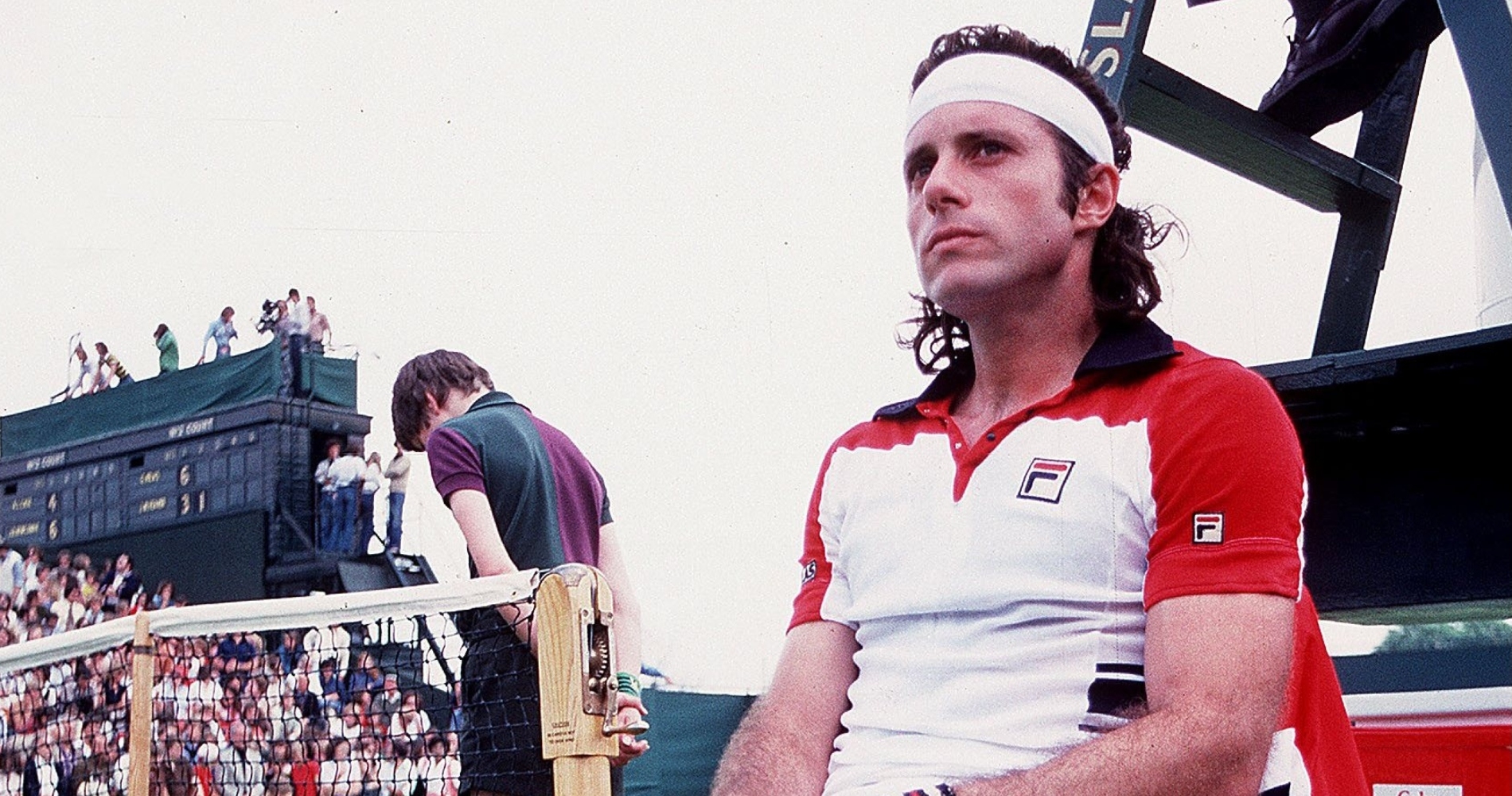
The place: Australian Open, Melbourne
Unlike the other Grand Slam tournaments, the Australian Open (first known as the Australasian Championships and, later, the Australian Championships) had moved several locations throughout the years. In fact, the event switched cities every year before it settled in Melbourne in 1972, and no less than five Australian cities had hosted the event at least three times: Melbourne, Sydney, Adelaide, Brisbane and Perth.
The event was held on grass at the Kooyong Stadium, in an affluent suburb of Melbourne. Its timing had changed several times as well, between early December and January, going from being the first Grand Slam of the year to being the last. At the time, many of the top players skipped the Australian Open, mainly because of the remote location, and the low prize money.
The facts: Roscoe Tanner wins in straight sets
At the first 1977 Australian Open (a second edition would be held in December that year), most of the top players in the world had once again skipped the event. Jimmy Connors, Bjorn Borg, Ilie Nastase, Manuel Orantes and Raul Ramirez: the entire top five were absent. As a consequence, Guillermo Vilas, world No 6, and Roscoe Tanner, world No 10, were the top seeds. Both players, whose games were not well suited for grass and had never made it past the quarter-finals at Wimbledon, made their way into the final without being pushed to play five sets.
Vilas and Tanner had faced each other three times already, and despite the Argentine leading 2-1, the American had won their last encounter, the only one on grass, in the 1975 Wimbledon quarter-finals (6-4, 5-7, 6-8, 6-2, 6-2). They were both chasing a first Grand Slam title.
With his huge serve, Roscoe Tanner had a major advantage on grass-courts. That day, he also returned extremely well, preventing Vilas from coming to the net easily. On such a fast surface, a booming serve and a great return gave him a big advantage, and he outplayed Vilas in straight sets, winning the battle of left-handers, 6-3, 6-3, 6-3. In the last game, Tanner fired two more aces, as a conclusion to a great performance.
In his autobiography, Double Fault, the American would confess having received coaching from his doubles partner, Arthur Ashe, sitting behind his chair during changeovers: “Serve to his forehand,” or “Chip and charge on the next break point”. Did it really make a difference in such a one-sided final?
What next? Roscoe Tanner loses in the first round of the next Australian Open
A few months later, Roscoe Tanner would become the first defending champion to lose in the first round of the Australian Open. He would play another Grand Slam final, at Wimbledon in 1979. Although he would be defeated by Bjorn Borg (6-7, 6-1, 3-6, 6-3, 6-4), this match would remain famous as it would be the first final broadcast in the famous NBC show, Breakfast at Wimbledon. After his retirement, Tanner would unfortunately become famous because of his record of conflicts with the law, which would lead him to go to jail on several occasions.
Vilas would reach his peak form in 1977. That year, he would dominate the game, claiming 16 titles, triumphing at Roland-Garros (destroying Brian Gottfried in the final, 6-0, 6-3, 6-0) and at Forest Hills, where he would beat the local favourite Jimmy Connors (2-6, 6-3, 7-6, 6-0). He would also set a new record, which would remain unbeaten for decades: a 53-win streak on clay courts. Despite these great results, Vilas would never reach world No 1, which would create various controversies over time about the ranking system.
In 1978, the Argentine would finish runner-up to Borg at Roland-Garros for a second time (heavily defeated, 6-1, 6-1, 6-3), but he would manage to win two more Grand Slam titles, at the Australian Open, defeating John Marks in the 1979 final (6-4, 6-4, 3-6, 6-3) and John Sadri in the 1980 final (7-6, 6-3, 6-2).
